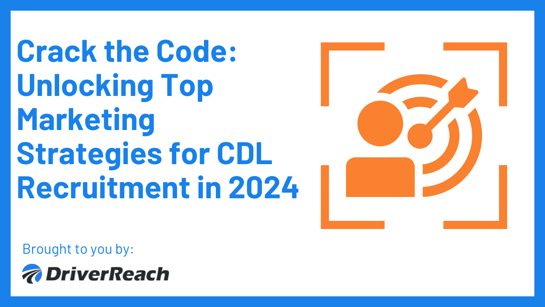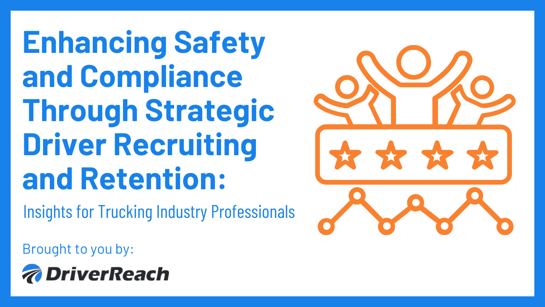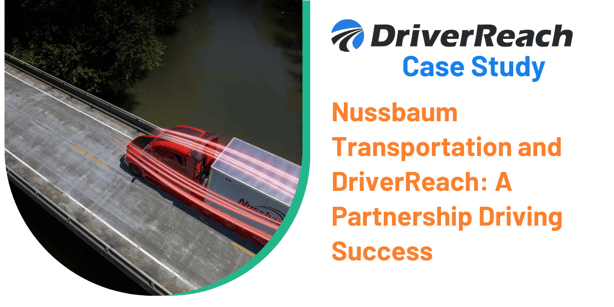Despite the recent economic turbulence, attracting, hiring, and retaining good drivers remains a challenge for trucking companies. Many trucking companies have relied on the convenience of driver applicant databases provided by their recruiting software vendors, often without realizing the hidden costs of this seemingly helpful tool.
If you're struggling to find drivers, it's tempting to tap into a vast database of driver applicants. But don't be fooled, as this solution can actually backfire and worsen your problems.
Recruiting software providers may offer free access to driver applicant databases, but it comes at a cost. You must share your driver data, which in turn exposes your drivers to recruitment by competing companies. While the database itself is free, you're charged a fee every time a driver applies.
It's important to consider that these providers may have ulterior motives. By sharing your driver data, you're opening the door for other companies to poach your drivers. And charging a fee for every application incentivizes higher churn rates, which could hurt your business's bottom line. So, it's essential to evaluate the risks before deciding whether to use this approach to address your driver shortage issues.
A breakdown of cascading costs:
Increased Poaching by Competitors: When competitor trucking companies have access to your drivers' information, it becomes easier for them to target and entice your drivers with potentially better offers.
Rising Driver Turnover: As drivers are continually exposed to new job opportunities, even those not actively seeking a change may be tempted by offers that appear more attractive than their current position. This can lead to increased turnover, as drivers might leave for slightly better pay, benefits, or working conditions.
Higher Recruitment Costs: Each time a driver leaves, the company incurs costs in advertising job openings, screening and interviewing candidates, and administrative expenses related to onboarding new employees.
Training and Onboarding Expenses: New drivers require training and time to acclimate to the company's procedures and culture. This period is typically less productive, and the cost of training and lost productivity must be factored into the overall cost of replacing drivers.
Impact on Operational Efficiency: High turnover can disrupt operations. Experienced drivers are more efficient and familiar with company routes and customers. Replacing them with newer drivers can lead to reduced operational efficiency and potential delays or errors.
Increased Accident Risk: New drivers, being less familiar with the company's routes, vehicles, and safety procedures, may have a higher risk of accidents. Studies have shown that driver inexperience is a significant factor in commercial vehicle accidents.
Training and Adaptation Time: New drivers require time to adapt to the company's safety culture, policies, and specific driving conditions. During this period, they might not be as proficient in managing safety-related challenges as seasoned drivers.
Safety Culture Dilution: A high turnover rate can hinder the development and maintenance of a strong safety culture within the company. Consistently reinforcing safety values becomes challenging when the workforce is constantly changing.
In the challenging landscape of the trucking industry, marked by a freight recession and a persistent driver shortage, trucking companies are grappling with the critical task of attracting, hiring, and retaining competent drivers. The reliance on free driver applicant databases offered by recruiting software vendors has been a common practice, yet it harbors hidden costs and contributes to a cycle of high turnover and increased operational expenses.
The cascade of costs stemming from this approach is multifaceted. Increased access to driver information by competitors leads to higher poaching risks. This, combined with the allure of better offers, fuels driver turnover. Subsequent costs include higher recruitment expenses, onboarding and training costs for new drivers, operational inefficiencies due to the replacement of experienced drivers with less familiar ones, and an elevated risk of accidents associated with inexperienced drivers. Moreover, high turnover impedes the cultivation of a robust safety culture, as consistent training and reinforcement of safety protocols become challenging with a continually changing workforce.
How DriverReach Promotes Retention
At DriverReach, we're more than just a software provider – we're your partner in building a stronger, more resilient driver team. We understand that every driver is a vital part of your company's success story. That's why we keep applicant data confidential, which significantly lowers the risk of poaching and helps nurture a stable, satisfied driver workforce. Our approach isn't just about filling seats; it's about finding the right fit for your team, ensuring long-term retention and a happier driving crew.
Curious about the real cost of driver turnover for your company? Our handy ROI calculator can shed light on the financial impact of driver turnover and help you make informed decisions.
Plus, we're here to walk you through it. Set up a quick demo with us, and let's explore together how DriverReach can enhance your recruiting strategy.







